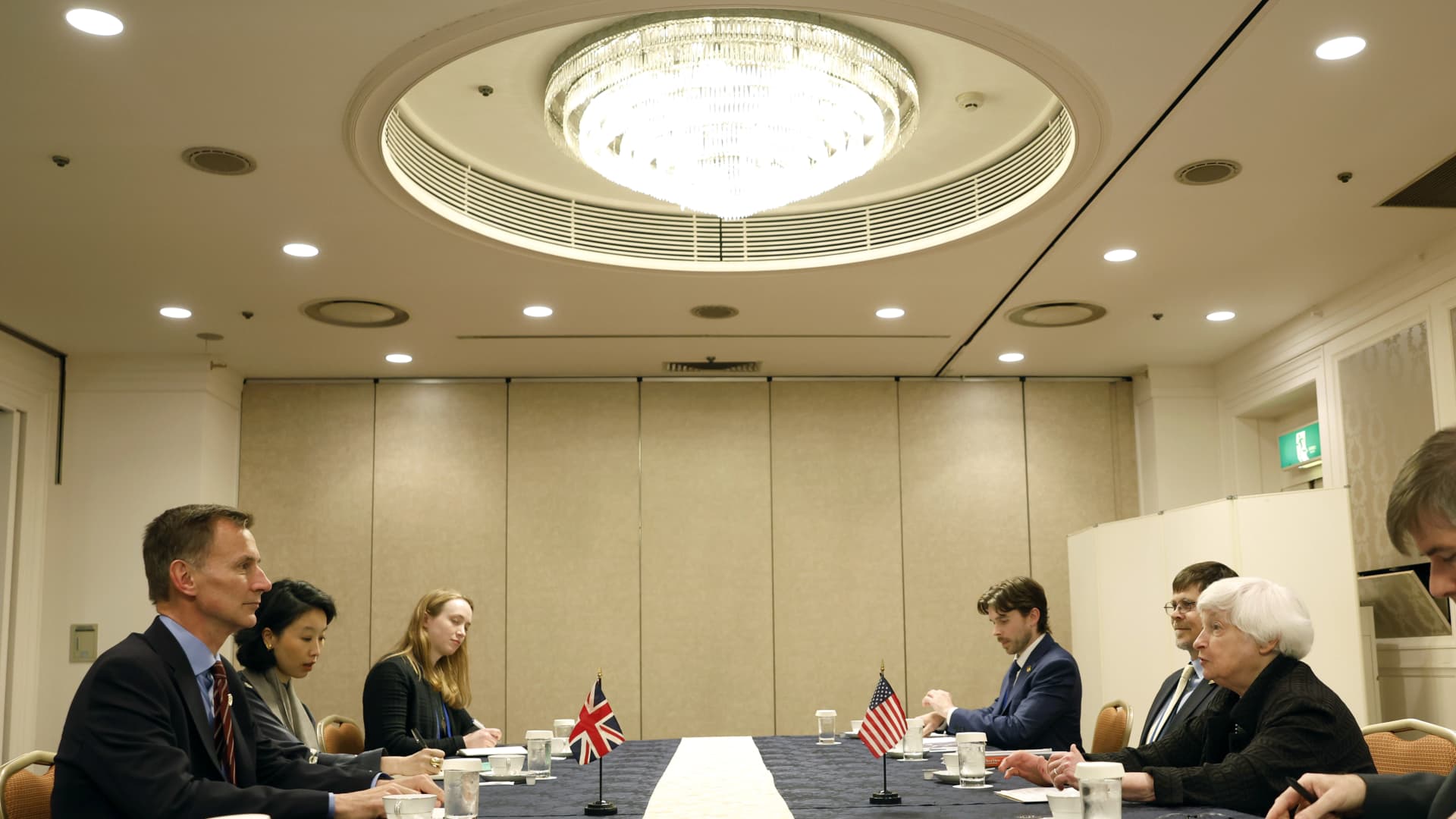Fed Chair Powell: Trade Tariffs And Their Impact On Monetary Policy

Table of Contents
The Inflationary Impact of Trade Tariffs
Trade tariffs, by their very nature, exert upward pressure on prices. This inflationary impact stems from two primary mechanisms: increased prices for consumers and supply chain disruptions.
Increased Prices for Consumers
Tariffs directly increase the cost of imported goods, leading to higher prices for consumers. This isn't limited to the imported goods themselves; it triggers a ripple effect, increasing the price of domestically produced goods that rely on imported components or compete with cheaper imports.
- Example: Increased tariffs on steel imported from China lead to higher steel prices in the US, affecting the cost of automobiles, construction materials, and numerous other manufactured goods. This increases the overall price level, impacting consumers' purchasing power.
- Impact on Monetary Policy: The increase in the Consumer Price Index (CPI) and Producer Price Index (PPI) due to tariffs forces the Fed to consider raising interest rates to combat rising inflation. This is a classic example of the Fed's dual mandate—to maintain both price stability and maximum employment—being challenged by external factors like trade policies.
Supply Chain Disruptions
Tariffs don't just affect the prices of finished goods; they significantly disrupt global supply chains. This disruption leads to shortages, delays, and further price increases. Businesses struggle to find alternative suppliers or absorb increased costs, leading to reduced output and higher prices.
- Example: Tariffs on intermediate goods, like semiconductor components, can increase production costs for manufacturers of electronics and other high-tech products. This leads to higher prices for consumers and potentially reduced sales.
- Impact on Monetary Policy: Supply chain disruptions lead to increased uncertainty and volatility in the economy. This can necessitate a more cautious and data-dependent approach from the Fed regarding monetary policy decisions. The Fed might choose to hold interest rates steady or even adopt a more accommodative stance to avoid exacerbating the economic slowdown.
The Impact of Trade Tariffs on Economic Growth
The inflationary pressures and supply chain disruptions caused by tariffs have a significant negative impact on economic growth. This is primarily due to reduced consumer spending and increased uncertainty regarding future investment.
Reduced Consumer Spending
Higher prices due to tariffs directly reduce consumer purchasing power. Consumers may postpone or cancel purchases, particularly for discretionary items.
- Example: Consumers may postpone large purchases like cars or houses due to increased costs, leading to a decline in demand in those sectors.
- Impact on Monetary Policy: A decrease in consumer spending can lead to slower economic growth, potentially pushing the economy towards a recession. In response, the Fed might lower interest rates to stimulate economic activity and encourage borrowing and investment.
Uncertainty and Investment
Trade policy uncertainty significantly impacts business investment decisions. Businesses hesitate to make long-term investments when faced with unpredictable changes in tariffs and trade relationships.
- Example: Businesses may delay expansion plans, hiring, and research & development due to the fear of unforeseen cost increases resulting from future tariff changes. This reduces overall investment levels.
- Impact on Monetary Policy: The resulting decline in business investment negatively affects economic growth and job creation. To mitigate these effects, the Fed might adopt a more accommodative monetary policy stance, aiming to lower borrowing costs and encourage investment.
Fed Chair Powell's Responses to Trade Tariffs
Fed Chair Powell faces a challenging task: managing inflation while supporting economic growth in the face of trade tariff uncertainty. His responses highlight the complexities of balancing the Fed's dual mandate.
Balancing Act
Powell must carefully consider the effects of trade tariffs on various economic indicators. Raising interest rates to combat inflation could stifle economic growth, while lowering interest rates to boost growth might exacerbate inflation. This requires a nimble and data-driven approach.
- Analysis of Powell's public statements and Fed actions: Powell's public statements often reflect a cautious approach, emphasizing the Fed's data-dependency and willingness to adjust policy as new economic information emerges.
- Challenges of forecasting the economic impact of unpredictable trade policies: The inherent uncertainty surrounding trade policies makes economic forecasting extremely difficult, forcing the Fed to rely on a wide range of indicators and models.
Data Dependency
The Fed's response to trade tariffs is heavily reliant on incoming economic data. Key indicators like CPI, PPI, GDP growth, unemployment rates, and consumer confidence are closely scrutinized to assess the actual impact of tariffs.
- Key economic indicators closely monitored by the Fed: The Fed pays close attention to data that reveal how tariffs affect inflation, employment, and overall economic activity.
- How these indicators inform monetary policy decisions in the context of tariffs: Changes in these indicators influence the Fed's decisions regarding interest rates, quantitative easing, and other monetary policy tools.
Conclusion
Trade tariffs and monetary policy are inextricably linked. The impact of tariffs on inflation and economic growth requires a careful and adaptable approach from the Federal Reserve. Fed Chair Powell's responses highlight the complexities of balancing price stability with economic growth in an environment of trade uncertainty. Understanding this intricate relationship is crucial for navigating the complexities of the global economy. Stay informed about trade tariffs and monetary policy developments to better understand the future direction of economic policy and its effects on your investments and financial well-being.

Featured Posts
-
 G7 Finance Ministers Ignore Looming Tariffs In Final Statement
May 25, 2025
G7 Finance Ministers Ignore Looming Tariffs In Final Statement
May 25, 2025 -
 Myrtle Beach Welcomes The Worlds Biggest Rubber Duck
May 25, 2025
Myrtle Beach Welcomes The Worlds Biggest Rubber Duck
May 25, 2025 -
 The Future Of Gucci Under Demnas Creative Leadership
May 25, 2025
The Future Of Gucci Under Demnas Creative Leadership
May 25, 2025 -
 Hells Angels Motorcycle Club A Comprehensive Overview
May 25, 2025
Hells Angels Motorcycle Club A Comprehensive Overview
May 25, 2025 -
 England Airpark And Alexandria International Airport Partner To Launch The Ae Xplore Global Travel Campaign
May 25, 2025
England Airpark And Alexandria International Airport Partner To Launch The Ae Xplore Global Travel Campaign
May 25, 2025
